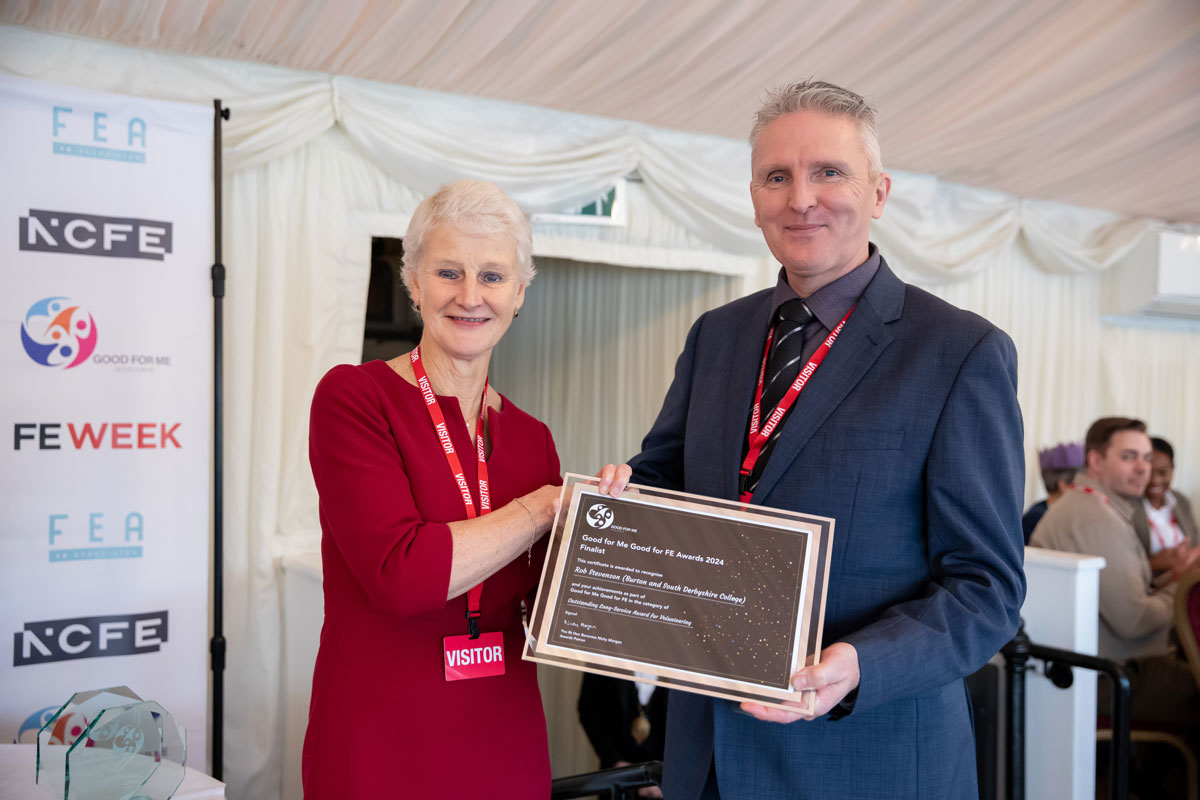“Not invented here” costs FE dearly

“Two things are infinite: the universe and human stupidity; and I’m not sure about the universe.“
– Albert Einstein
FE is very good at many things. But I think Einstein understood us better than we sometimes understand ourselves.
In my work I frequently come across providers that have decided on a new website or piece of software such as a CRM system. These providers then have a decision to make. It is how to source the software or build the website.
It seems a simple decision to make but often demonstrates the level of human stupidity that Einstein referred to.
Which would you choose?
You have two things options when obtaining your software or building your website. You can buy something off the shelf or you go down the DIY route and build it yourself from scratch.
Option one means buying a proprietary system, say a CRM system, from one of the large companies such as Microsoft. They will have invested thousands of hours and even more money into designing, developing and testing a system that addresses the needs of the majority of buyers. Their software systems are not cheap but they are reliable and can be made to work within a few days of purchase. Indeed some systems work right out of the box.
If it is a website you want, then a web designer can take a proprietary system and customise it to your distinct look and feel; so that it doesn’t look like the provider up the road, even though the software used maybe exactly the same.
There is a cheaper option here as well. It is to take an “open source” system and customise that. Open source is a form of crowd sourcing; the software will have been designed by a group of designers and is given away free. So there are no annual fees (I’ve seen purchased software have an additional annual licence fee as high as £20k, so beware).
Open source may mean employing a specialist to customise the system for you, but it costs much less than a proprietary system from companies like Microsoft.
Option two, the DIY option, is favoured by some organisations. Here a member of staff takes a bit of time to develop something from scratch, usually whilst trying to carry out their day job.
They have little time and few resources. In most cases these people are very skilled IT staff. But sadly they are expert in a field other than the one they are now attempting. Without expertise, time, financial and other resources they struggle.
Their managers however support them as a means to cut costs and the staff member’s pride determines that anything “not invented here” can ever be as good as their dream of the ultimate website or CRM system. They argue for example that they have to invent something new as the provider is unique and Microsoft et al never realised how different they are.
Well consider how many education providers there are worldwide; the answer is hundreds of thousands. Bearing in mind a CRM is a database comprising numerous fields, that are capable of being changed in many ways, is it likely the standard system invented by Microsoft is incapable of serving their needs?
As for websites, there is nothing unique about provider websites that a standard package cannot cope with. So it looks like the “not invented here” syndrome is an expensive mistake and could be an example of Einstein’s human stupidity argument.
Which would you choose?
DIY websites are unlikely in the circumstances.
Logically “not invented here” software and websites are unlikely to exist, surely.
Not so. I see them far too often when I review provider websites and back end systems. .
Serious consequences
Provided everything works OK these sites and software go unnoticed for years. Until disaster strikes.
The problem is that the systems are DIY creations. They comprise complex code that is understood by the designer, but rarely comprehended by other people. In a world where code can be written in infinite ways the DIYer often lacks an understanding of the normal conventions.
Later, when the designer has moved on, or is off sick, and the system goes down, there is no one that can repair it.
Imagine the problem if your online application process crashes during a busy period. Each student represents several £thousands if recruited. If their application fails, how long will it be before you spot the problem? How long will it be before a new website or software system can be built? I would hazard a guess at months.
Can you survive if your website crashes and it isn’t possible to access it at all?
Is a website built in-house by a DIYer a good FE survival strategy?











Responses